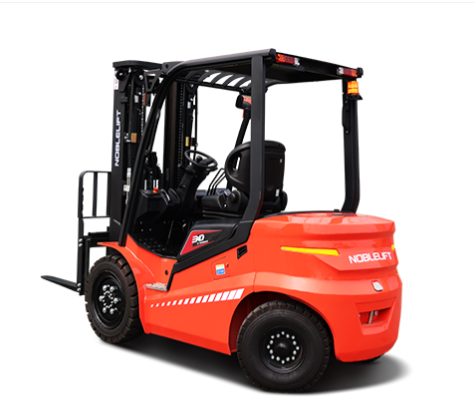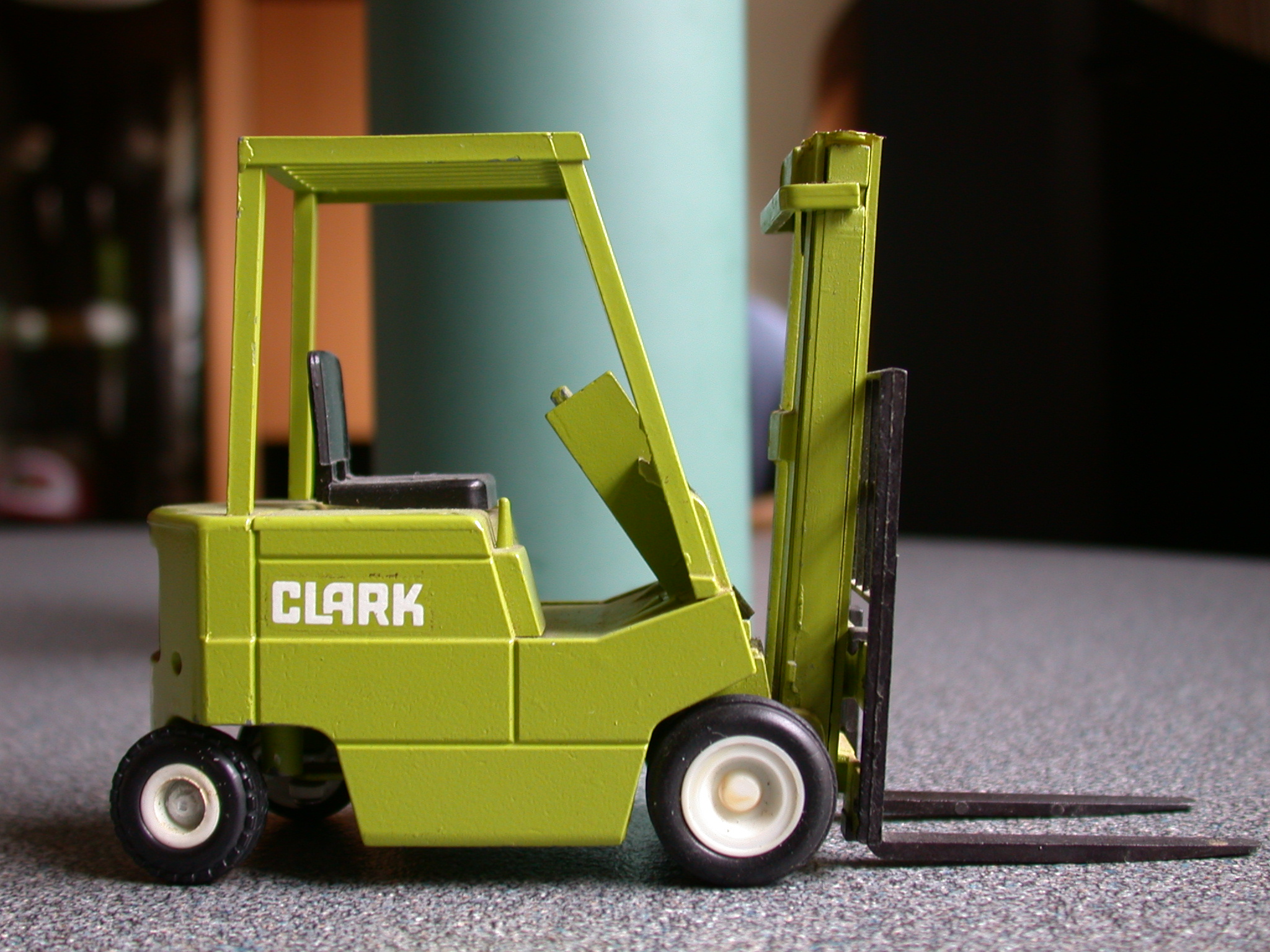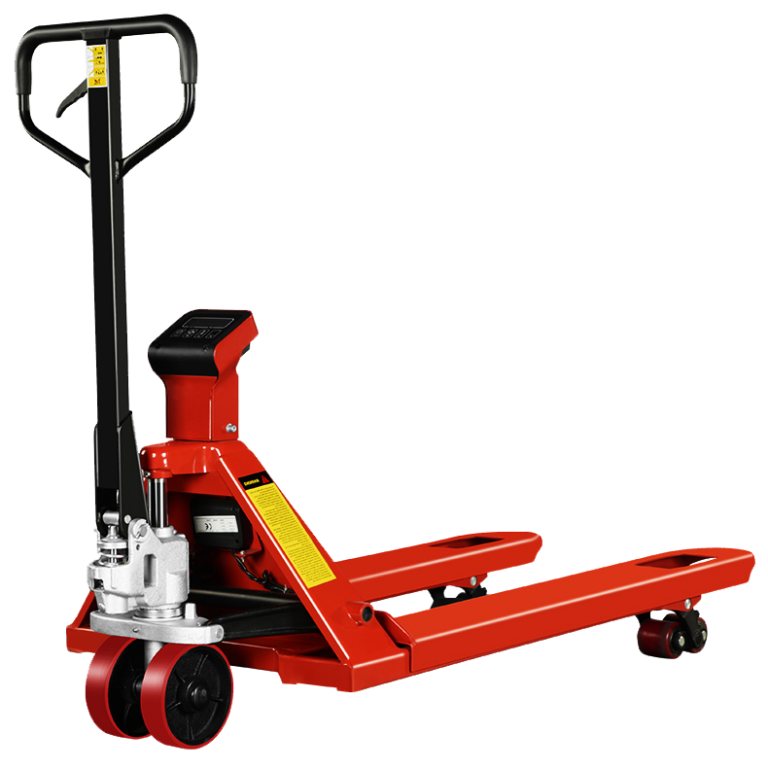Pallet jack forklifts can be broadly categorized into two main types:
1. **Manual Pallet Jacks**: These are the most basic and affordable type of pallet jack forklift. They are manually operated, with the operator using a handle to raise and lower the forks. Manual pallet jacks are ideal for lighter-duty applications and can be a good option for small businesses or operations with limited budgets.
2. **Electric Pallet Jacks**: These are powered by an electric motor, which provides the lifting and maneuvering power. Electric pallet jacks are generally more powerful and efficient than manual models, making them better suited for heavier-duty applications or tasks that require more frequent use. They may also come with additional features, such as built-in battery chargers or advanced control systems.
Within these two main categories, there are further sub-types of pallet jack forklifts, including:
– **Walkie Pallet Jacks**: These are the most common type of pallet jack forklift, where the operator walks behind or alongside the unit to control it.
– **Rider Pallet Jacks**: These are designed to be operated by a seated or standing rider, providing a more comfortable and efficient option for long-distance or high-volume material handling tasks.
– **Narrow Aisle Pallet Jacks**: These are designed to operate in very tight spaces, with a narrower width and more compact design compared to standard pallet jacks.
– **Straddle Pallet Jacks**: These have forks that can straddle the pallet, allowing them to lift loads from the side rather than the front or back.
## Key Considerations When Choosing a Pallet Jack Forklift
When selecting a pallet jack forklift, there are several key factors to consider:
1. **Load Capacity**: Ensure that the pallet jack forklift you choose has a load capacity that is appropriate for the types of loads you will be handling. This will help to ensure safe and efficient operation.
2. **Lift Height**: Determine the maximum lift height required for your application, as this will help you choose a pallet jack with the right lifting capabilities.
3. **Battery Life and Charging Requirements**: For electric pallet jacks, consider the battery life and charging requirements to ensure that the equipment can meet your operational needs.
4. **Maneuverability**: Think about the specific layout and constraints of your work environment, and choose a pallet jack that is highly maneuverable and can navigate tight spaces effectively.
5. **Operator Comfort and Ergonomics**: Consider features that can improve operator comfort and reduce fatigue, such as adjustable handles or controls, cushioned platforms, or low step-in heights.
6. **Safety Features**: Look for pallet jacks that come equipped with safety features, such as automatic braking, load stabilizers, and operator presence sensors, to help protect both the operator and the surrounding environment.
7. **Maintenance and Servicing**: Understand the maintenance requirements and servicing intervals for the pallet jack forklift, and ensure that you have the necessary support and resources to keep the equipment in good working order.
## Proper Use and Maintenance of Pallet Jack Forklifts
 Forklifts trucks.com|Forklift | China trade price on Wholesale Materials Handling electric forlift FE4P 30-35GY GY2 buy in USA/UK/India/Australia importer manufacturer | forkLift Truck sale
Forklifts trucks.com|Forklift | China trade price on Wholesale Materials Handling electric forlift FE4P 30-35GY GY2 buy in USA/UK/India/Australia importer manufacturer | forkLift Truck sale
Pallet jack forklifts can be broadly categorized into two main types:
1. **Manual Pallet Jacks**: These are the most basic and affordable type of pallet jack forklift. They are manually operated, with the operator using a handle to raise and lower the forks. Manual pallet jacks are ideal for lighter-duty applications and can be a good option for small businesses or operations with limited budgets.
2. **Electric Pallet Jacks**: These are powered by an electric motor, which provides the lifting and maneuvering power. Electric pallet jacks are generally more powerful and efficient than manual models, making them better suited for heavier-duty applications or tasks that require more frequent use. They may also come with additional features, such as built-in battery chargers or advanced control systems.
Within these two main categories, there are further sub-types of pallet jack forklifts, including:
– **Walkie Pallet Jacks**: These are the most common type of pallet jack forklift, where the operator walks behind or alongside the unit to control it.
– **Rider Pallet Jacks**: These are designed to be operated by a seated or standing rider, providing a more comfortable and efficient option for long-distance or high-volume material handling tasks.
– **Narrow Aisle Pallet Jacks**: These are designed to operate in very tight spaces, with a narrower width and more compact design compared to standard pallet jacks.
– **Straddle Pallet Jacks**: These have forks that can straddle the pallet, allowing them to lift loads from the side rather than the front or back.
## Key Considerations When Choosing a Pallet Jack Forklift
When selecting a pallet jack forklift, there are several key factors to consider:
1. **Load Capacity**: Ensure that the pallet jack forklift you choose has a load capacity that is appropriate for the types of loads you will be handling. This will help to ensure safe and efficient operation.
2. **Lift Height**: Determine the maximum lift height required for your application, as this will help you choose a pallet jack with the right lifting capabilities.
3. **Battery Life and Charging Requirements**: For electric pallet jacks, consider the battery life and charging requirements to ensure that the equipment can meet your operational needs.
4. **Maneuverability**: Think about the specific layout and constraints of your work environment, and choose a pallet jack that is highly maneuverable and can navigate tight spaces effectively.
5. **Operator Comfort and Ergonomics**: Consider features that can improve operator comfort and reduce fatigue, such as adjustable handles or controls, cushioned platforms, or low step-in heights.
6. **Safety Features**: Look for pallet jacks that come equipped with safety features, such as automatic braking, load stabilizers, and operator presence sensors, to help protect both the operator and the surrounding environment.
7. **Maintenance and Servicing**: Understand the maintenance requirements and servicing intervals for the pallet jack forklift, and ensure that you have the necessary support and resources to keep the equipment in good working order.
## Proper Use and Maintenance of Pallet Jack Forklifts
forklift pallet trucks
 ### 1. **Material Degradation**
### 1. **Material Degradation**
 ForkLift-Trucks.com | China price Manufacturer Materials Handling Transporters forklift trucks Sale Buy Online supplier of Industrial Equipment BUY in | Forklifts trucks
ForkLift-Trucks.com | China price Manufacturer Materials Handling Transporters forklift trucks Sale Buy Online supplier of Industrial Equipment BUY in | Forklifts trucks Forklifts trucks.com|Forklift | China trade price on Wholesale Materials Handling electric forlift FE4P 30-35GY GY2 buy in USA/UK/India/Australia importer manufacturer | forkLift Truck sale
Forklifts trucks.com|Forklift | China trade price on Wholesale Materials Handling electric forlift FE4P 30-35GY GY2 buy in USA/UK/India/Australia importer manufacturer | forkLift Truck sale